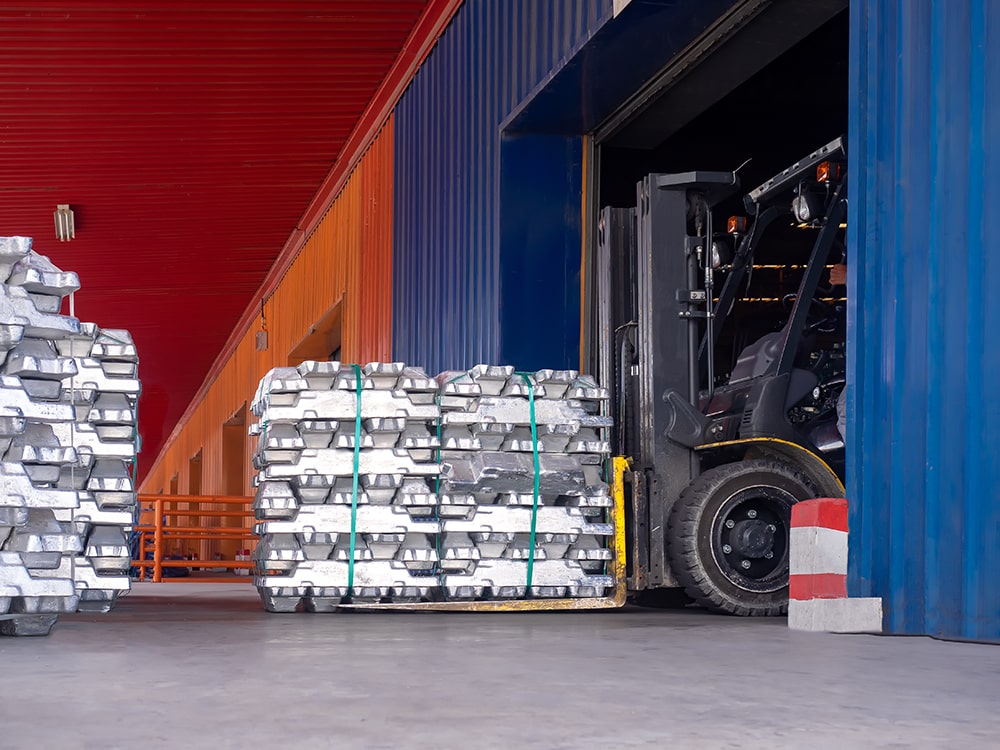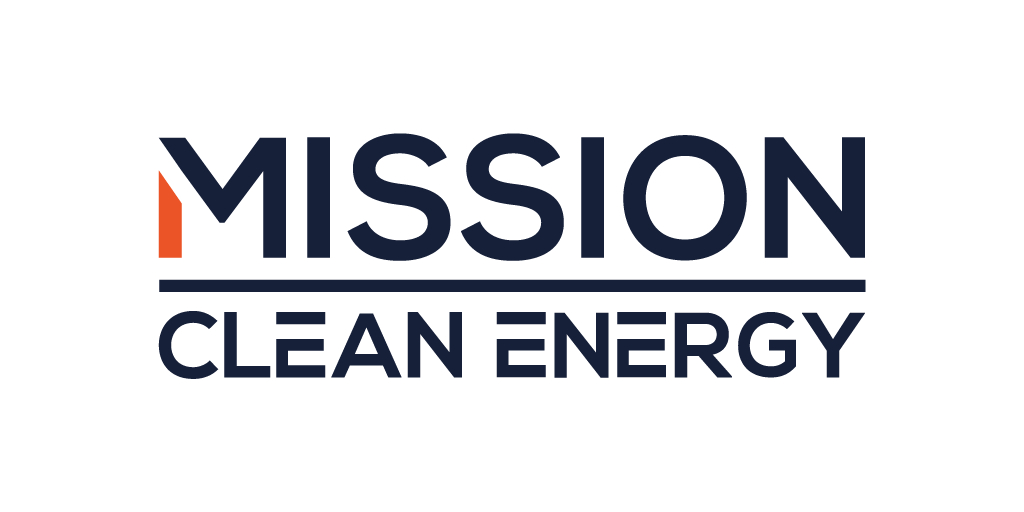It seems aluminum prices could be in for a shock. With so much else happening in the news, aluminum buyers could easily overlook the recent Guinea export ban on bauxite to Emirates Global Aluminum. However, this move has triggered something close to panic in the alumina market, spiking prices by over 20% this month and adding to an unrelenting rise that has doubled the alumina price to over $700 per ton this year.
This price surge has profoundly impacted aluminum smelters’ cost structures, pushing alumina’s share of the finished aluminum ingot price from about 15% at the start of the year to well over 25%. Since smelters need two tons of alumina for every ton of refined aluminum, their margins have tightened, forcing ingot price increases to prevent cutbacks or closures.
Subscribe to MetalMiner’s weekly newsletter and conquer metal market volatility with valuable weekly market insights and macroeconomics.
Guinea’s Export Ban a Big Reason for the Surge
This year’s alumina supply reduction stems from more than just Guinea’s military junta banning exports. Major producers have also cut or announced cuts in production, straining supply from Western Australia, the other major global source.
Alcoa, for example, is in the final stages of shutting down its loss-making Kwinana alumina refinery, cutting annual production capacity by about 2.2 million tonnes. Additionally, Rio Tinto’s alumina plant faced operational disruptions after a fire at a natural gas pipeline in Gladstone, which reduced output by around 1.2 million tonnes per year.

Together, these supply restrictions have tightened the alumina market and driven up prices throughout 2024. Guinea’s ban surprised the market and increased costs, putting some smelters, particularly in China, under pressure. China, which depends heavily on Guinea, has invested heavily in the country’s mineral sector over the past decade, causing a surge in bauxite production.
Now, China sources 70% of its bauxite imports from Guinea and produces around 60% of the world’s alumina. This just goes to show how wide the effects of Guinea’s restrictions are spreading, and what the impact on aluminum prices might be.
Aluminum prices can change fast. Download MetalMiner’s free Monthly Metals index report to stay updated on price trends, market intelligence, and outlooks for aluminum and 9 other metal industries.
A Potential Power Move?
The military junta has yet to formally announce the reason for the ban. However, since gaining power earlier in the decade, it has continually pressured foreign firms to invest in more in-country refining instead of exporting raw ores. This move resembles a “shakedown” tactic aimed at convincing Chinese firms to shift refining capacity from China to Guinea. It is similar to Indonesia’s approach to nickel ore exports, which ended up proving successful.

Over time, Guinea may see similar results. Meanwhile, the market is watching to see who will blink first—the miners initiating investment talks or Guinea’s authorities easing the ban. With prices rising, Guinea’s authorities appear in no rush to back down, even with reduced volumes.
Markets Continues to Monitor Aluminum Prices
Consumers should likely expect refined ingot prices, reflected in LME prices, to stay at or above current levels as we head into the new year. LME physical stocks have declined much of the year, suggesting that exchange stocks supplement physical supply. Still, the U.S. Midwest premium remains steady, indicating that North and South American smelters appear sufficiently supplied for now.
For those seeking a distraction from the upcoming election, keep a close eye on news about Guinea’s export ban and alumina prices. This dynamic alone could become one of the most significant drivers of alumina – and, therefore, aluminum prices – in the coming months.
Stay alert to rapid shifts in metal market prices and make timely decisions with MetalMiner Insights’ instant alerts. Ready to learn more?




